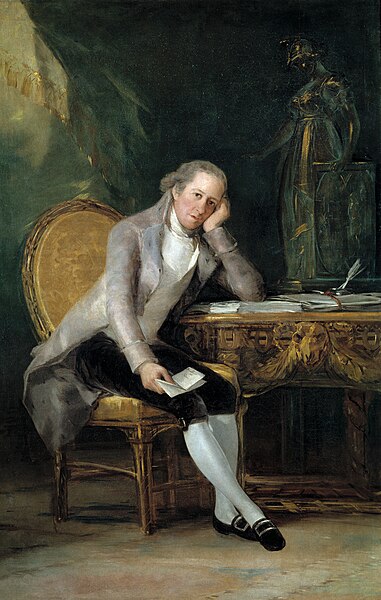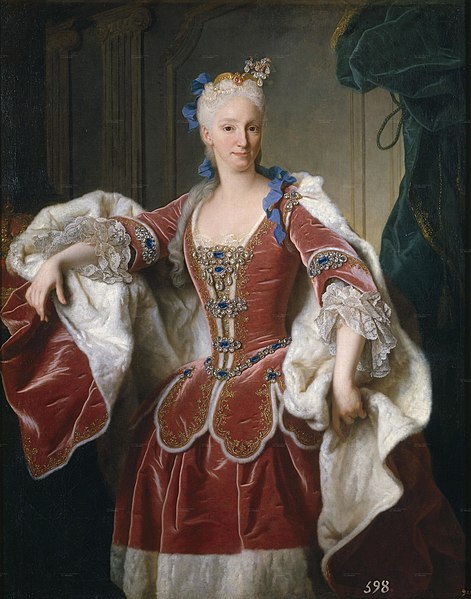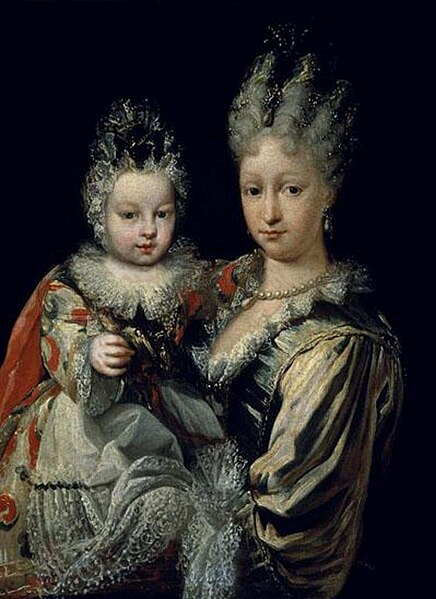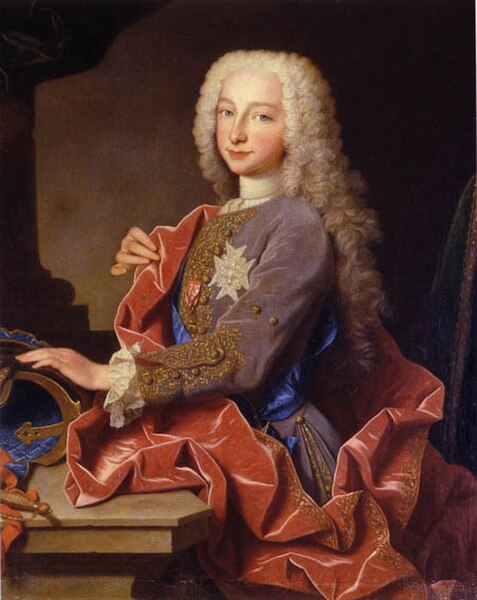The ideas of the Age of Enlightenment came to Spain in the 18th century with the new Bourbon dynasty, following the death of the last Habsburg monarch, Charles II, in 1700. The period of reform and 'enlightened despotism' under the eighteenth-century Bourbons focused on centralizing and modernizing the Spanish government, and improvement of infrastructure, beginning with the rule of King Charles III and the work of his minister, José Moñino, count of Floridablanca. In the political and economic sphere, the crown implemented a series of changes, collectively known as the Bourbon reforms, which were aimed at making the overseas empire more prosperous to the benefit of Spain.
Gaspar Melchor de Jovellanos, painted by Francisco Goya
Inquisition Scene by Francisco Goya. The Spanish Inquisition was still in force in the late eighteenth century. but much reduced in power.
The Prado Museum, Madrid
Charles III was King of Spain in the years 1759 to 1788. He was also Duke of Parma and Piacenza, as Charles I (1731–1735); King of Naples, as Charles VII; and King of Sicily, as Charles III (1735–1759). He was the fourth son of Philip V of Spain and the eldest son of Philip's second wife, Elisabeth Farnese. He was a proponent of enlightened absolutism and regalism.
Portrait by Anton Raphael Mengs, c. 1761
Portrait of Elisabeth Farnese
Elisabeth with her eldest son Charles.
Charles at 9 years old







